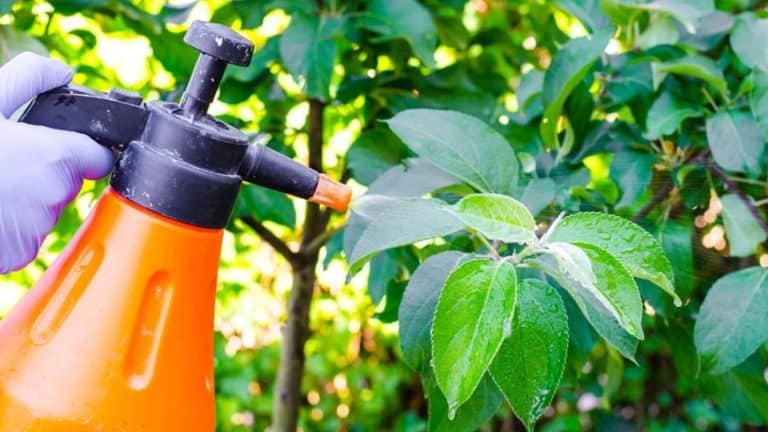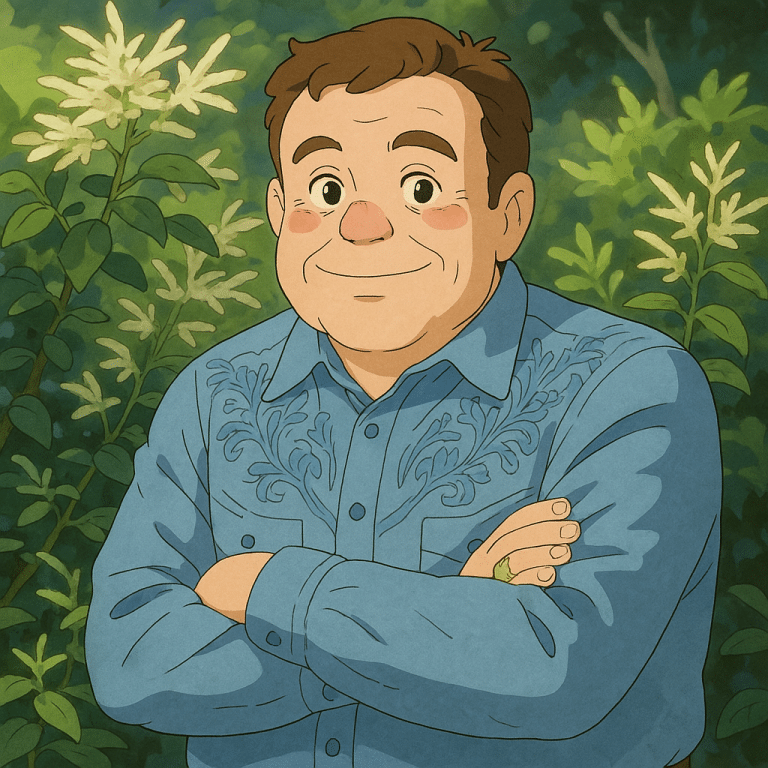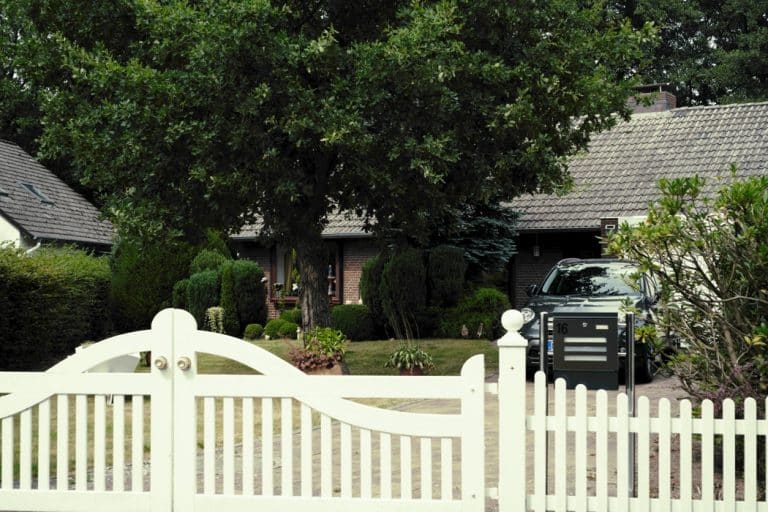Do your trees look weak, sick, or damaged? If so, tree spraying might be just what they need to grow stronger and stay healthy.
Tree spraying is a simple method where you apply special treatments to protect trees from insects, disease, and other problems that can hurt them over time.
In this article, I’ll explain why spraying is important and how it helps keep your trees in good shape. You’ll learn what can happen if trees don’t get the care they need and how regular spraying can prevent these issues before they start.
I’ve been working with trees for more than 15 years, and I’ve seen how the right care can turn around even the worst-looking trees. My team has helped hundreds of homeowners protect trees they care about.
If you want your trees to stay healthy, full, and beautiful for many years, keep reading. You’ll learn everything you need to know to get started with tree spraying the right way.
Common Problems a Tree Faces Without Tree Spraying
Trees go through a lot when they don’t get the care they need. Without regular spraying, they become easy targets for pests, diseases, and harsh weather.
Insects like borers, aphids, and caterpillars can quickly take over. These bugs chew through leaves, bark, and even the wood inside. That kind of damage weakens the tree and creates open wounds that take a long time to heal.
Fungal diseases like powdery mildew and apple scab spread fast when trees aren’t treated. Bacteria can also infect trees, causing oozing spots or rough, sunken areas on the bark.
Bad weather affects unhealthy trees more. Drought, hot or cold temperatures, and poor soil make things worse when trees are already struggling.
Weak trees often attract even more bugs. It becomes a cycle where one problem leads to another.
Without care, trees grow more slowly, lose leaves early, and stop blooming or producing fruit. This hurts how your yard looks and can lower its value, too. Spraying helps break this cycle and keeps trees strong.
Benefits of Tree Spraying
Tree spraying offers numerous advantages that help keep your trees healthy and looking their best. Each benefit builds on the others, creating stronger and more resilient trees.
Here’s what you can expect when you implement a regular tree-spraying program:
1. Prevent Insect Infestations
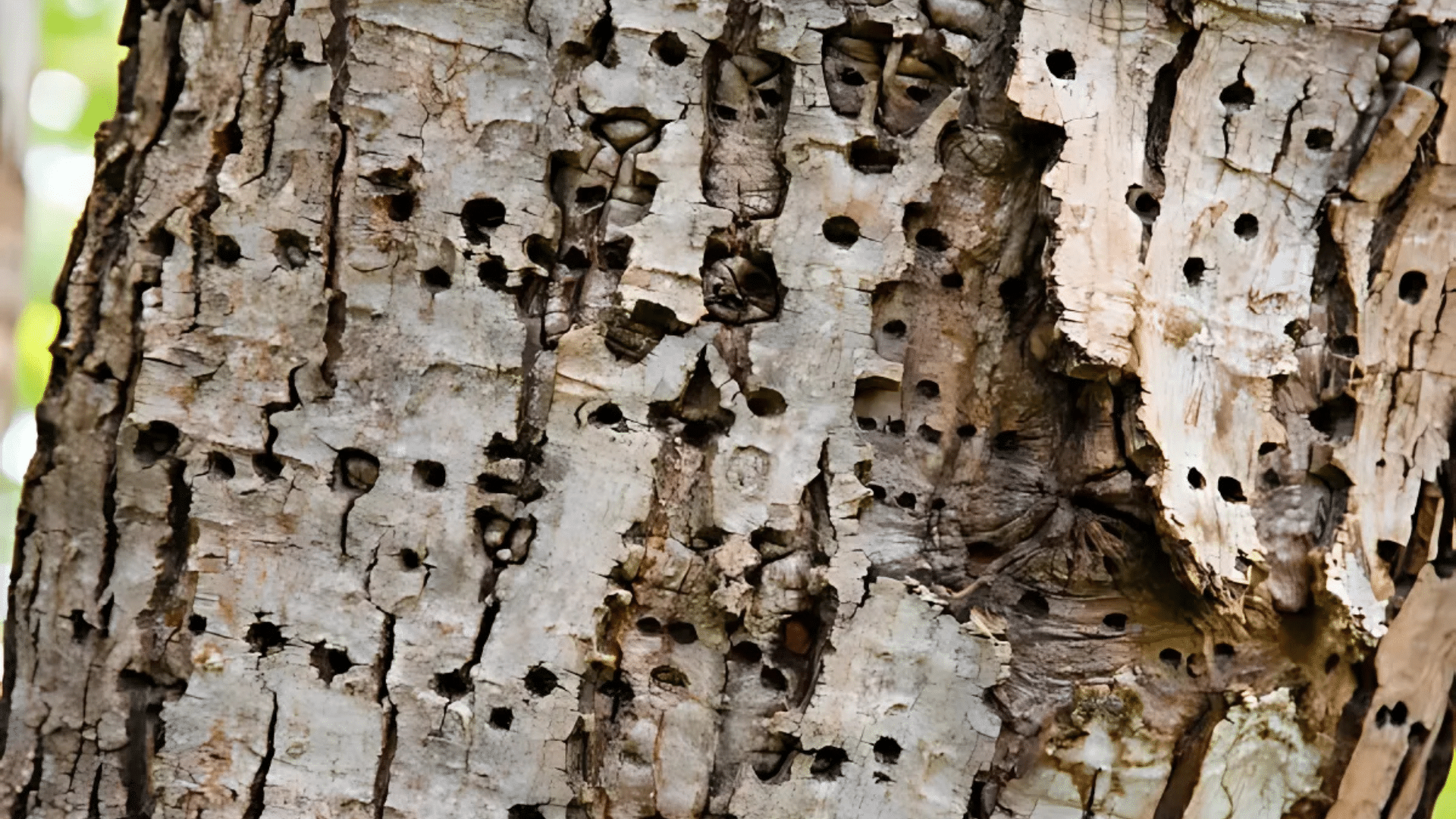
Insects like aphids, borers, and caterpillars can quickly damage trees by chewing through leaves or boring into bark. Spraying creates a shield that stops these pests before they harm the tree.
Good sprays target harmful bugs but leave helpful insects alone, keeping the tree’s ecosystem balanced. Regular spraying during the season blocks new pests from settling in.
Early spring is the best time to start. It gives your trees a strong head start before insects become active.
2. Control Fungal Diseases
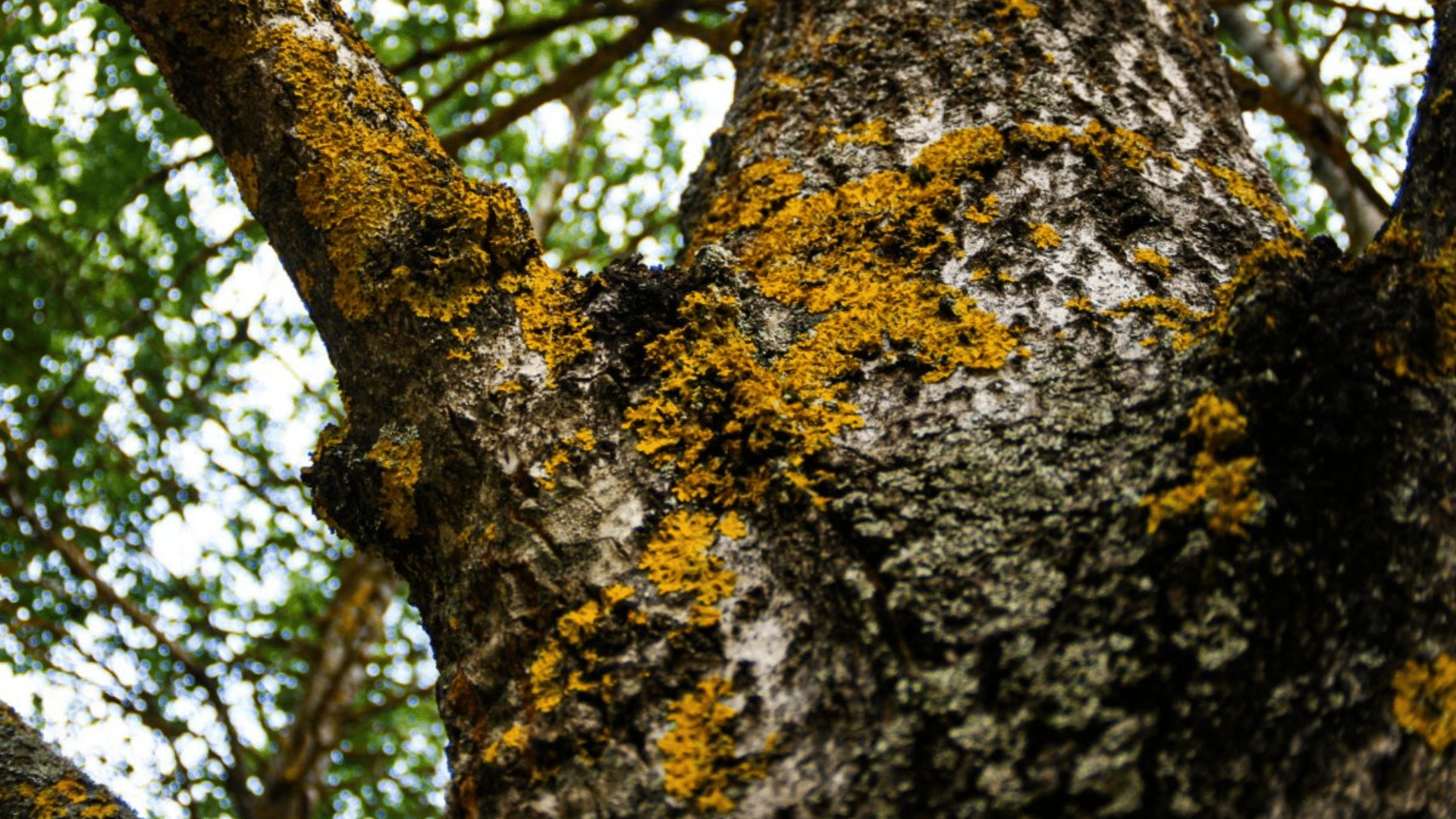
Fungal infections spread fast in damp weather and can be tough to fix once they take hold. Spraying helps prevent spores from growing on leaves or branches.
Diseases like powdery mildew and apple scab often start in early spring. That’s when new growth is most vulnerable.
Some sprays stop fungi from spreading, while others boost the tree’s natural defenses. This is especially important for fruit trees. It protects both the tree and the fruit.
3. Promotes Stronger Growth
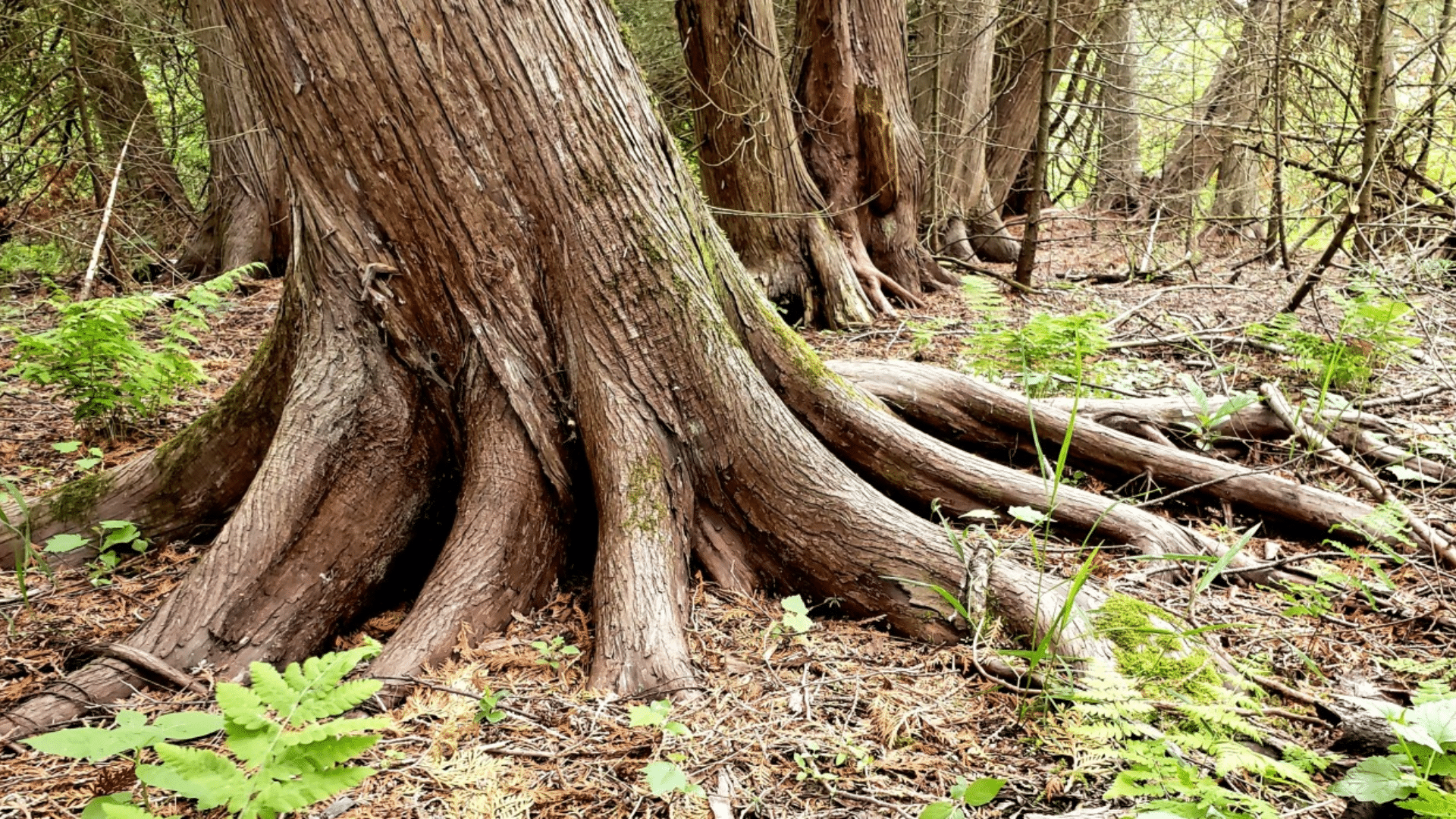
Spraying helps trees grow faster by reducing stress and delivering nutrients directly to their leaves. Some sprays include micronutrients that plants absorb quickly for better health.
With fewer pests and diseases, trees use more energy for growth. You’ll see fuller leaves and stronger branches.
For young trees, this means quicker establishment and better protection from future stress.
4. Improves the Tree’s Appearance
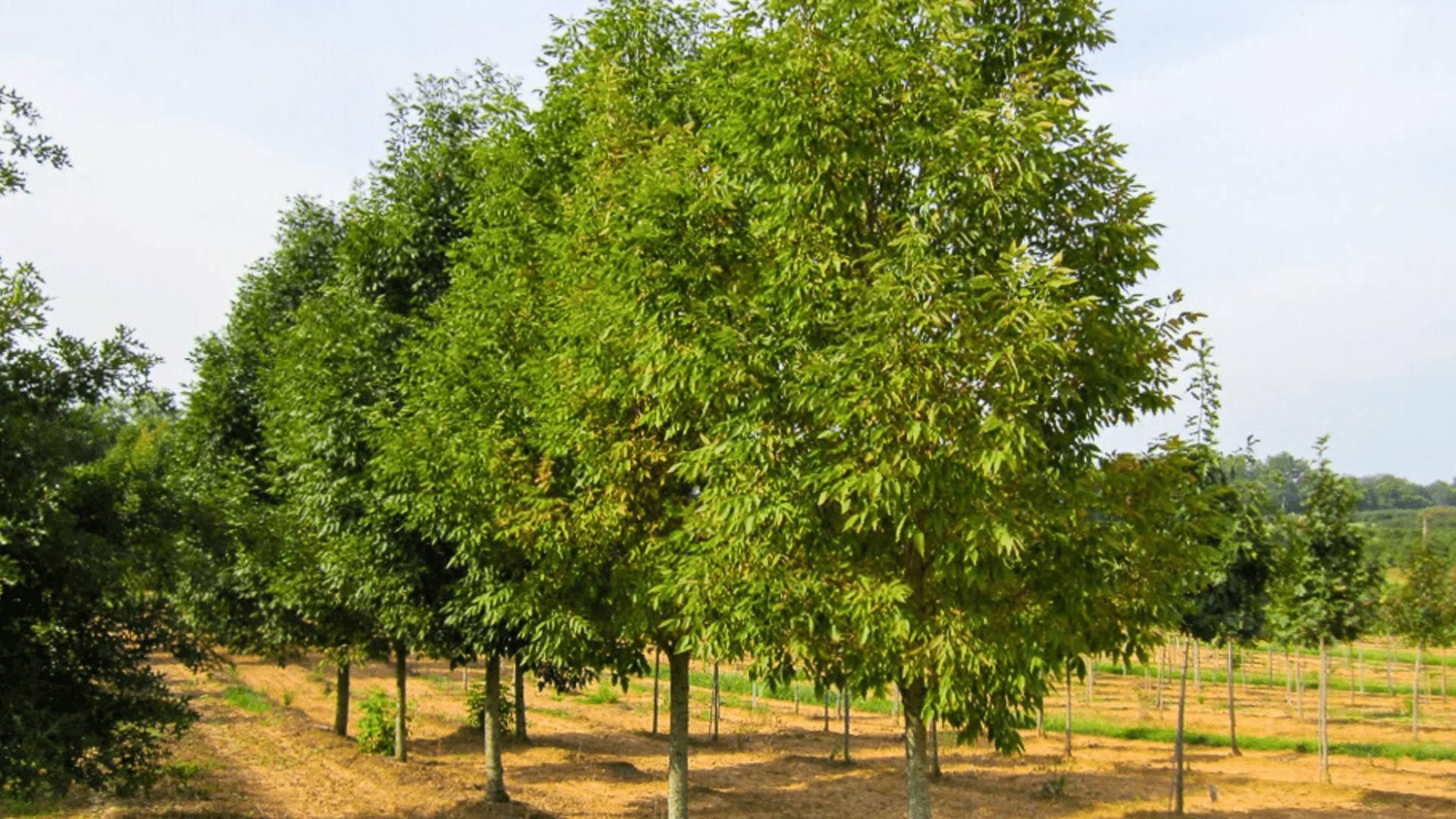
Trees that are regularly sprayed hold on to their leaves longer and stay greener through the season. They don’t suffer from spots, holes, or early leaf drop.
This helps trees keep a full canopy, which creates better shade and a more balanced shape. Spraying also protects the bark from insect bites and fungal damage, keeping it smooth and natural.
For flowering trees, the difference is even clearer. With fewer problems, they produce more colorful and longer-lasting blooms.
5. Increase Lifespan of Trees
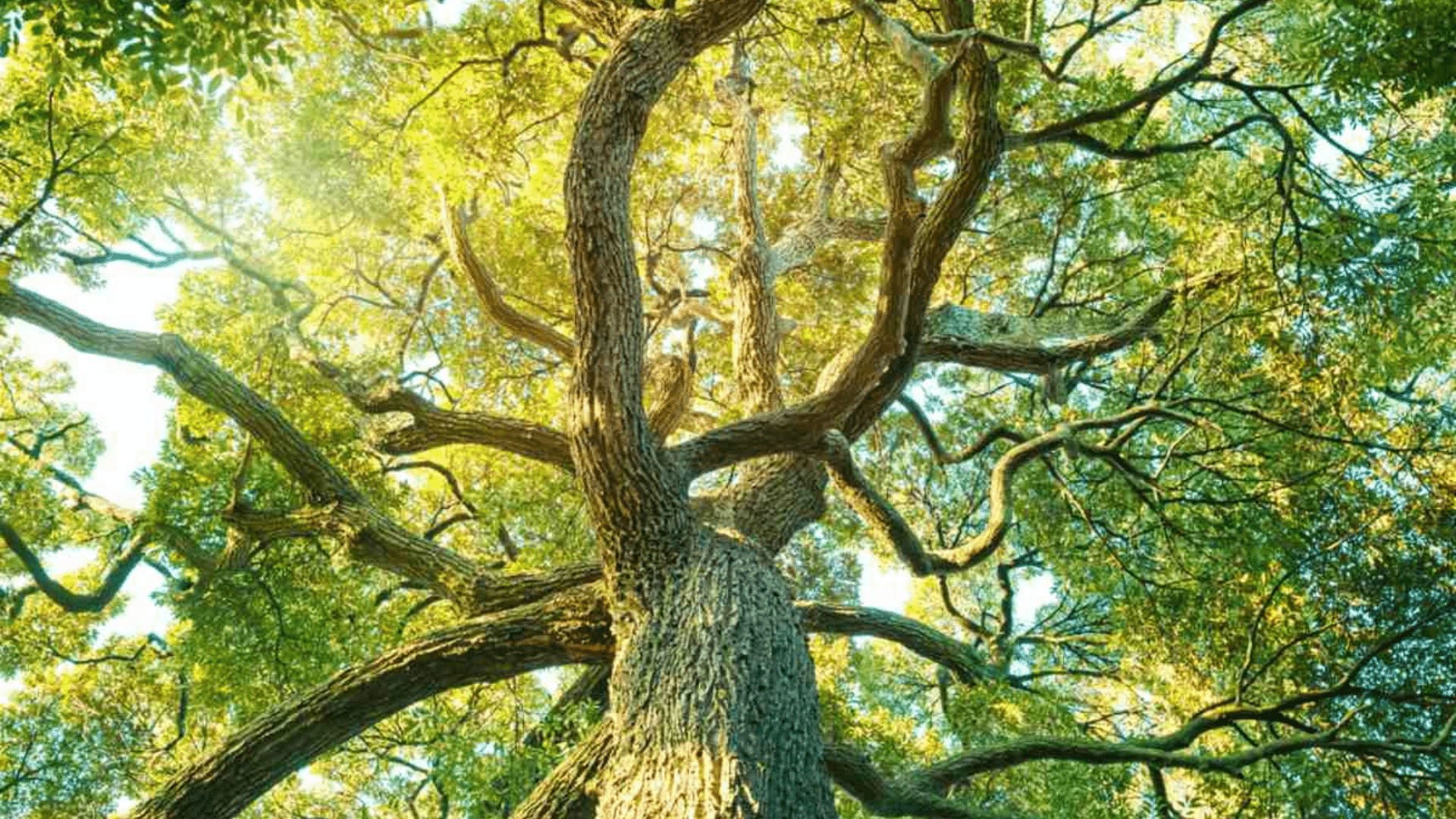
Well-cared-for trees live longer and stay stronger as they age. Spraying helps prevent serious problems that shorten a tree’s life.
Each healthy year adds strength, making the tree more likely to survive storms, drought, or disease later on.
Neglected trees often decline early, even if they looked healthy for a while. I’ve seen trees with regular care outlive untreated ones by decades. That’s a huge difference for such a simple, regular routine.
6. Protect Fruit and Flower Production
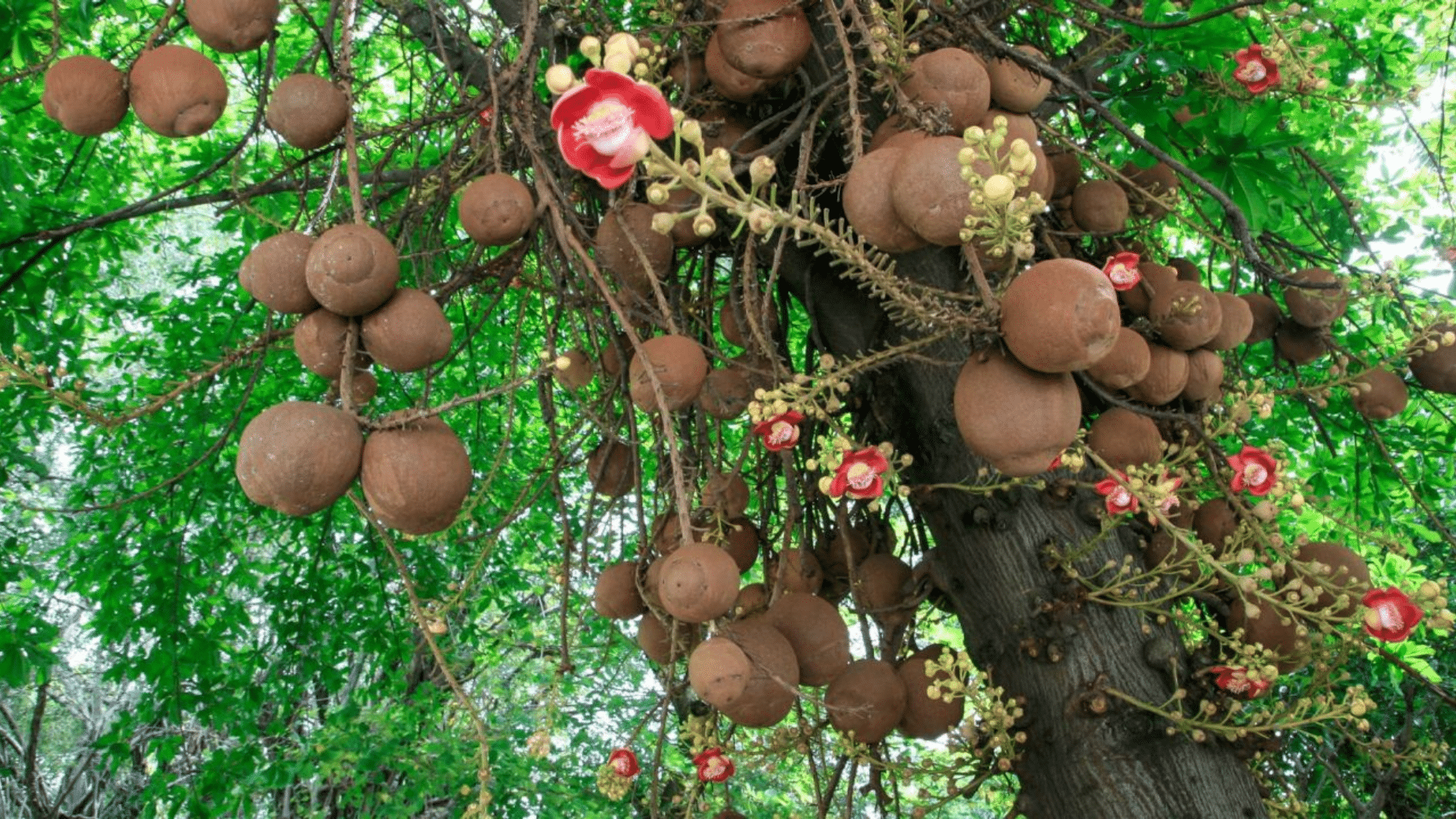
Insects and disease often go after flowers and fruits first, which ruins a tree’s best features. Spraying shields flowers and developing fruits from early damage.
Fungal diseases can rot fruit before it fully grows or leave it spotted and unhealthy. With regular spraying, flowers bloom longer and more fully. Fruit trees that are protected early often grow larger, better-looking, and better-tasting fruit.
Spraying also helps flowering trees stay showy and colorful during the most important part of their season.
7. Reduces the Spread of Diseases to Other Plants
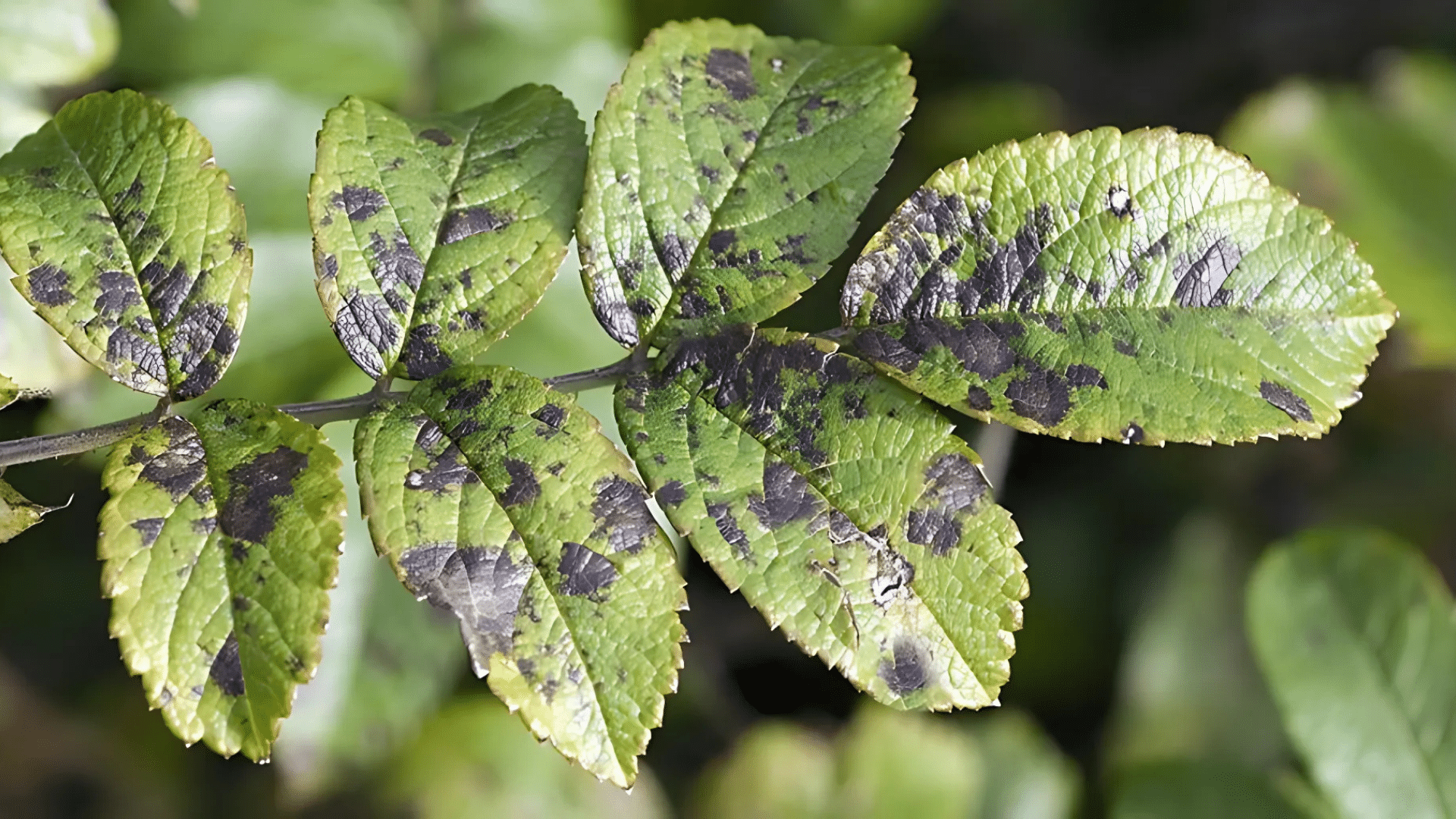
Trees share space with your shrubs, flowers, and garden plants. A sick tree can spread fungus or bugs to everything around it.
When a disease starts on one tree, spores often move with the wind or rain and land on nearby leaves. Spraying prevents the disease from spreading out of control. It acts like a fence, stopping the problem from reaching other plants.
In neighborhoods or yards with many trees, this can protect the whole area from a major outbreak.
8. Acts as a Preventative Measure
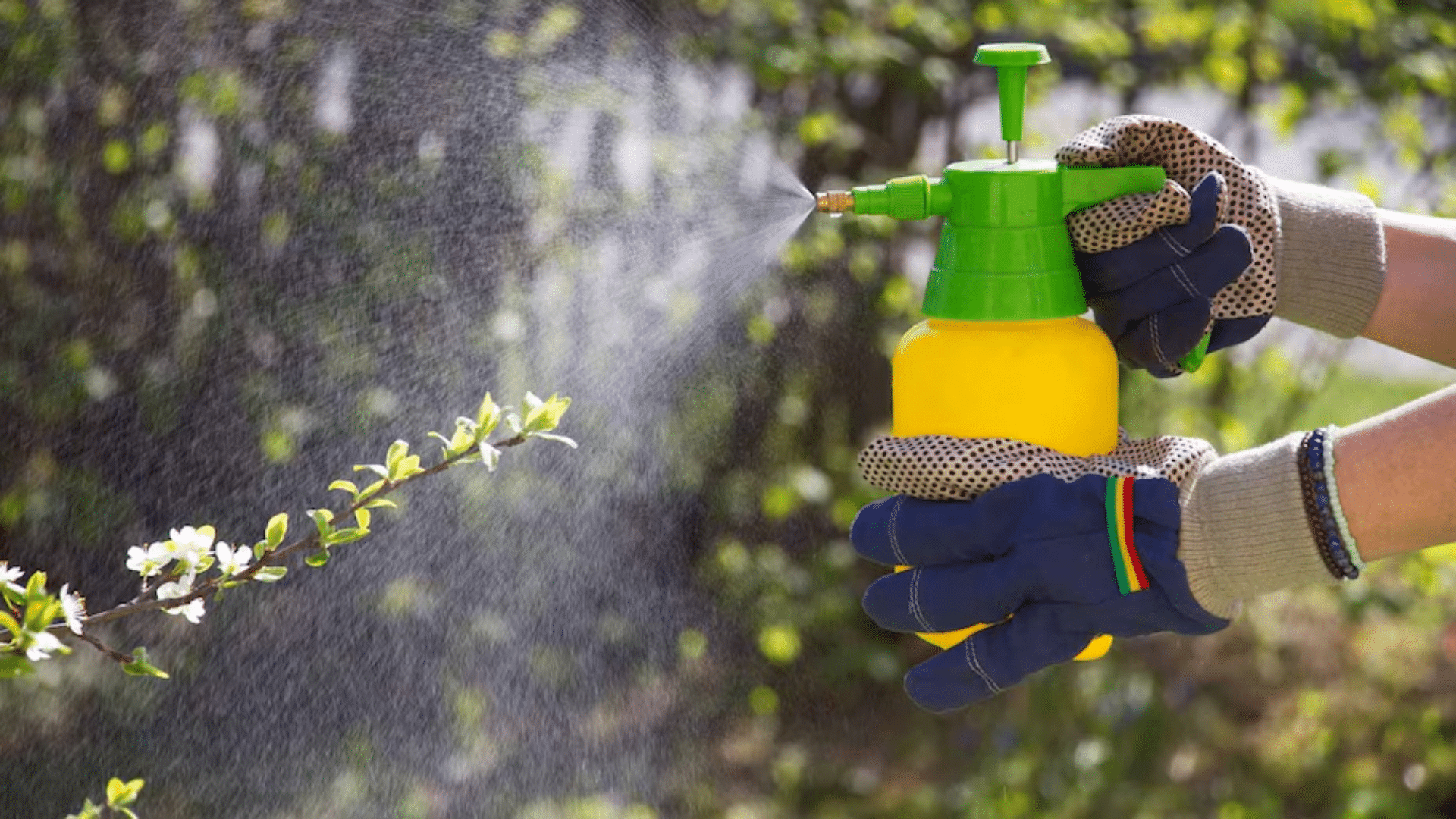
Preventing problems is always easier and cheaper than fixing them. Spraying stops insects and diseases early, before they take over. Once a tree is heavily infested or sick, recovery takes longer and may not fully work.
Preventative sprays are made to stop more than one issue at a time, which makes them more efficient.
Regular spraying also brings peace of mind. You won’t have to wonder if your tree will make it through the season.
9. Supports Seasonal Tree Health
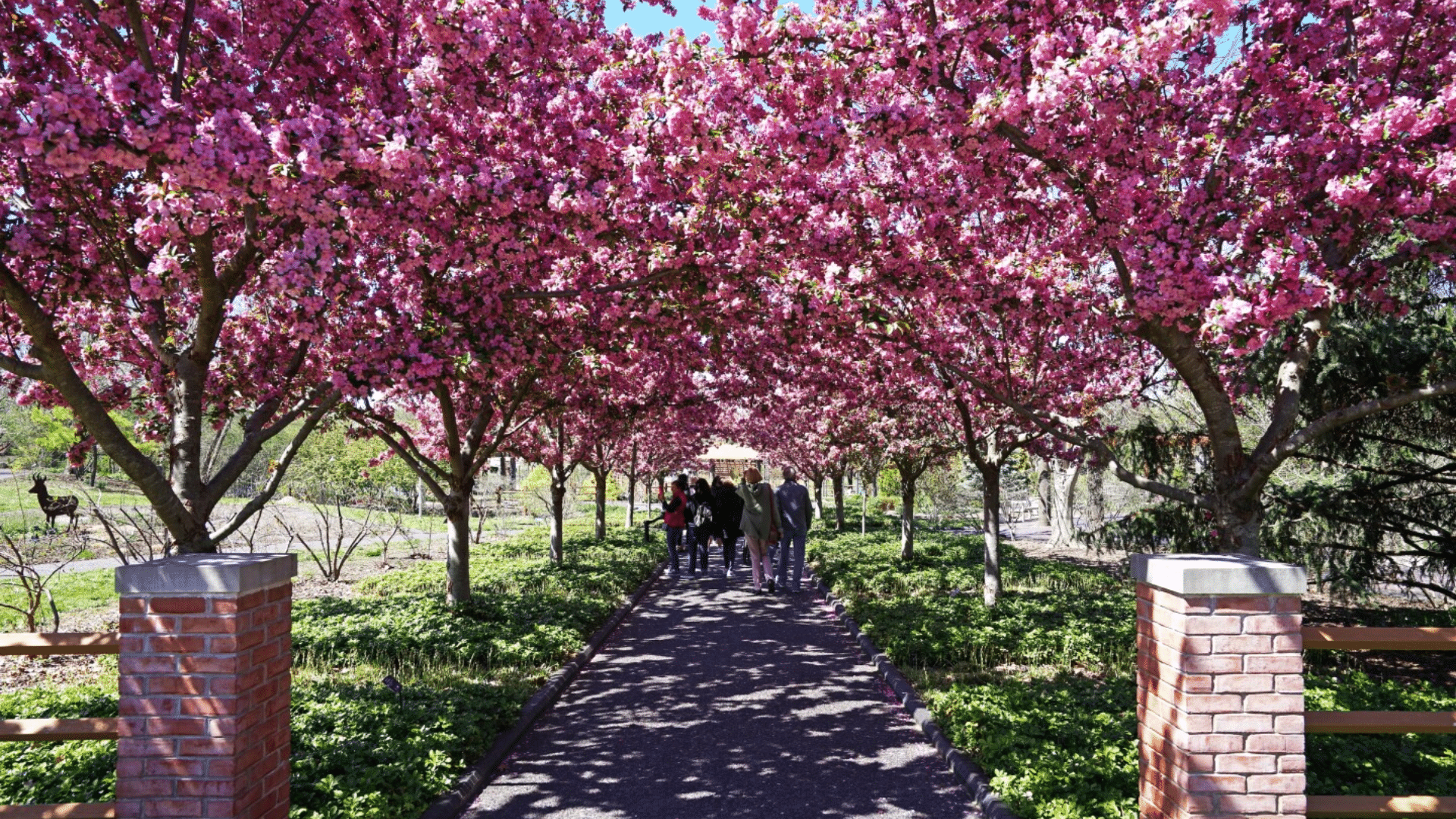
Trees face different challenges in spring, summer, fall, and winter. A good spraying schedule gives protection all year long.
In spring, sprays protect soft new leaves from early pests and fungus. In summer, treatments help trees manage heat, dryness, and bugs. Fall sprays help trees store energy for winter, and dormant sprays in winter stop overwintering pests before they return.
Each season’s care builds on the last. Over time, trees stay healthier and stronger from year to year.
Conclusion
Taking care of your trees with regular spraying is one of the best choices you can make for your yard and property.
Healthy trees do more than just look good—they provide cooling shade, cleaner air, and can even boost the value of your home over time.
If you’re not sure where to start, talk to a certified arborist in your area. They can take a close look at your trees and give you a plan that’s made just for your landscape. They’ll also help you choose the right products and the best times to spray.
To help you begin, I’ve created a simple tree care checklist that’s easy to follow. You can download it from our website and use it to track your tree maintenance throughout the year.
Are you dealing with pests, slow growth, or unhealthy leaves? Have you ever tried spraying before?
Share your tree care story in the comments. I’d love to hear what’s working—or not working—for you and offer some helpful tips.
Frequently Asked Questions
When is the best time to spray my trees?
The best time depends on the type of tree and the problem. Spray dormant oil in early spring before buds open. Use disease sprays before symptoms show and insect sprays when pests first appear. Avoid spraying during bloom, in high winds, or before it rains.
Are tree sprays safe for the environment?
Many tree sprays are safe when used properly. Choose organic or low-impact options and follow label directions. Spray early or late in the day to protect pollinators. Don’t overuse products, and use spraying as one part of a full care plan like Integrated Pest Management (IPM).
How much does professional tree spraying cost?
It usually costs $50–$200 per tree, depending on size and type of treatment. Discounts may be offered for multiple trees or yearly plans. While DIY is cheaper, pros offer better coverage and results. Always ask for a full quote with clear details before starting.
Can I spray my trees myself, or should I hire a professional?
You can spray small trees yourself if you have the right tools and follow directions. For large trees, hire a professional. They can safely reach tall branches and choose the right treatment. If you do it yourself, wear safety gear and read all instructions carefully.
How do I know if my trees need spraying?
Check for early leaf drop, strange spots, wilting, or bugs. Trees that have had problems before or are valuable often need preventative care. Fruit trees usually benefit from regular spraying. If you’re unsure, ask an arborist—they can catch issues you might miss.


